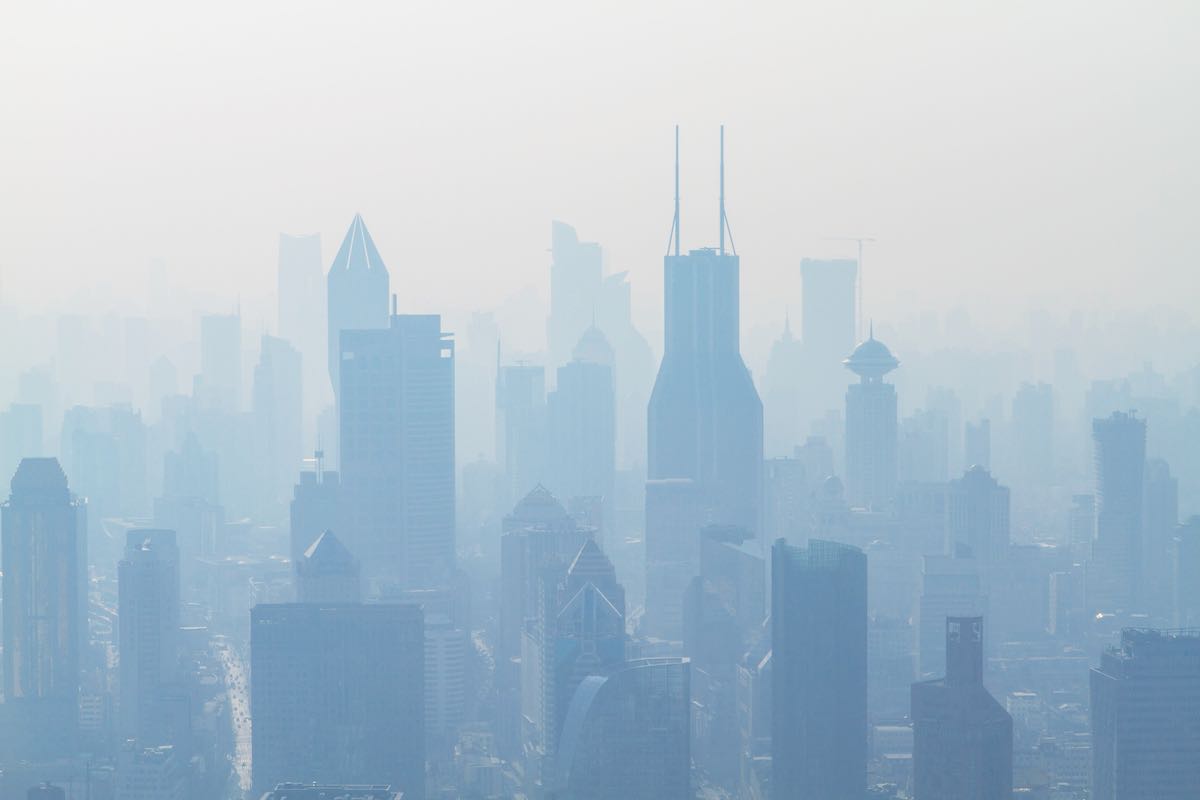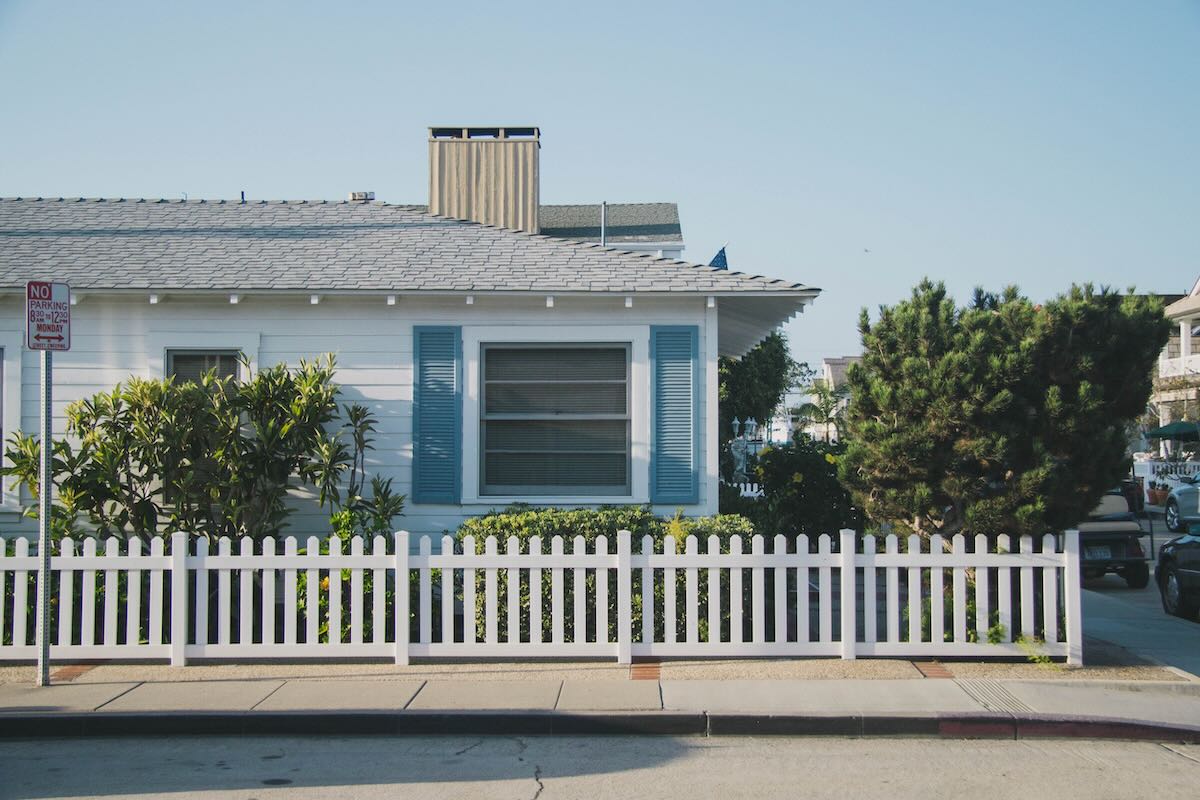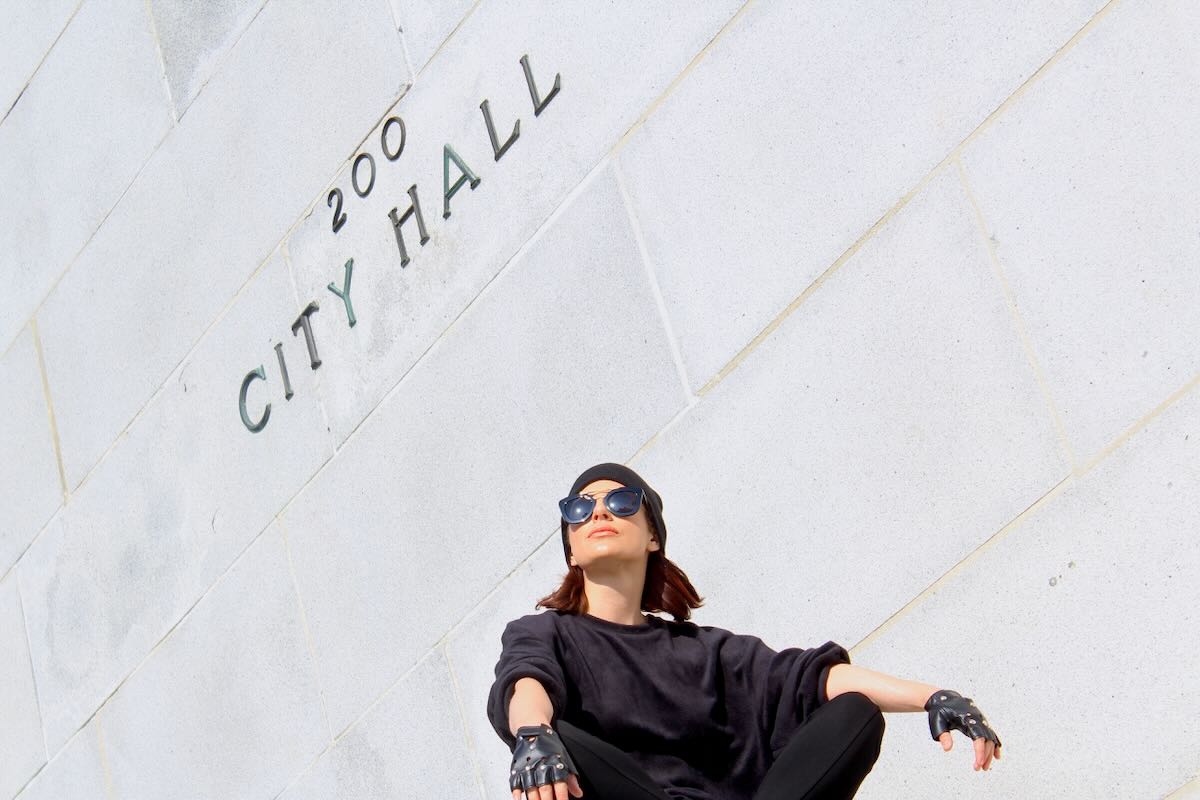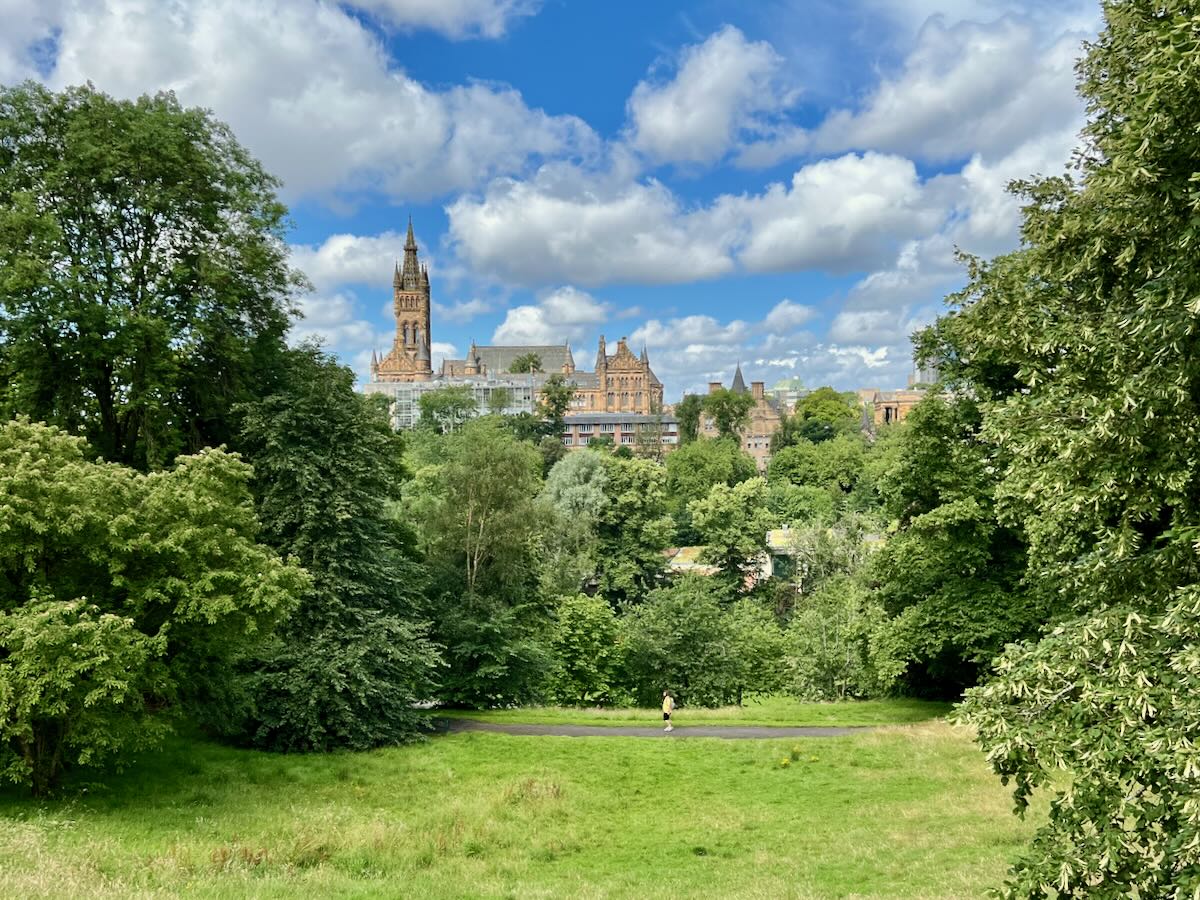Vienna – the World’s Most Livable City
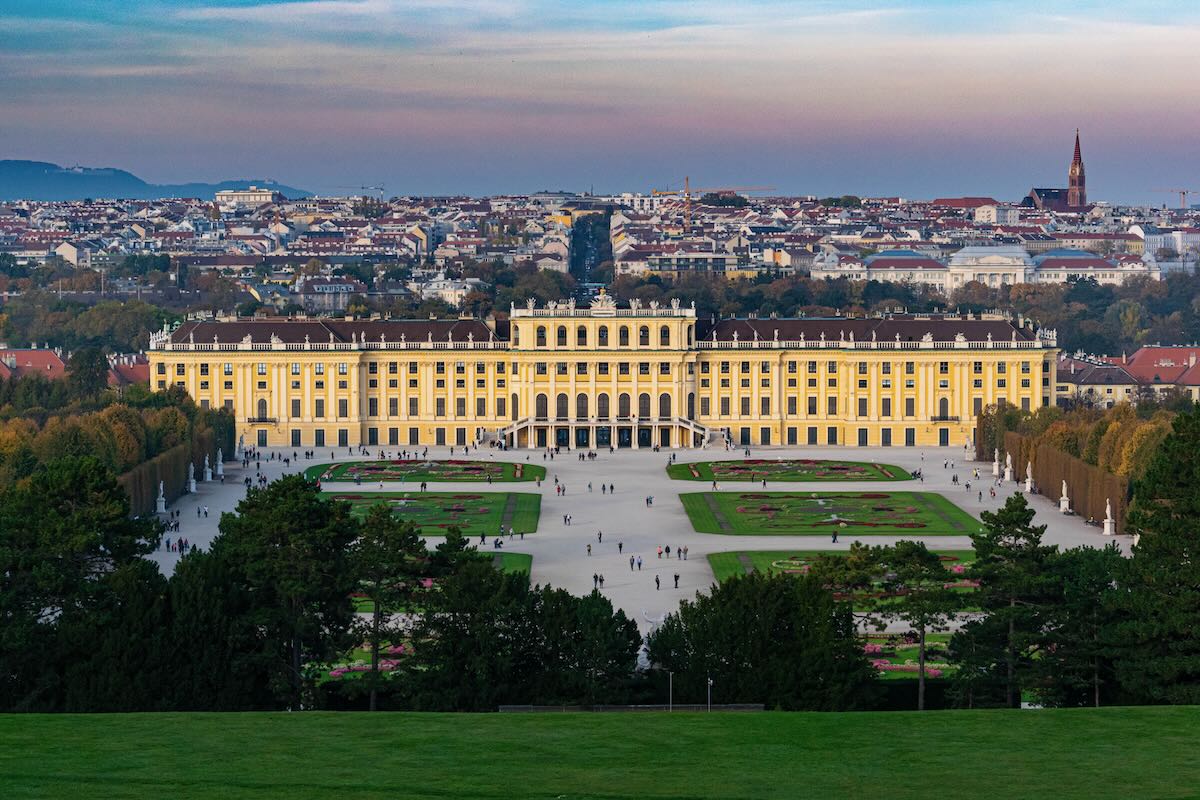
Vienna had been a poor city even before the First World War. “Normal” housing arrangements meant six to eight people sharing one room and a kitchen. Then, in early 1919, just after the Armistice, the cost of living tripled in two months. Bed lodgers could no longer afford their 8-hours a day in a shared bed. The housing crisis had gone from awful to cataclysmic. Hordes of urban settlers took to the woods on the city outskirts. There, they built makeshift homes and farmed on city land. By 1921, over 30,000 families lived in these wild, illegal settlements.
So how did it become the World’s Most Livable City?
But something else had happened in 1919. The Social Democratic Party (“SPÖ”) took over Vienna’s municipal government with an overwhelming majority. Except for the fascist period that ended with World War Two, it has held power ever since. First, the SPÖ had to establish Vienna’s fiscal independence through luxury and real estate taxes. Then its approach to housing as a human right and reaction to the squatters led to the “Red Vienna” grand housing scheme than ran from 1922 to 1934
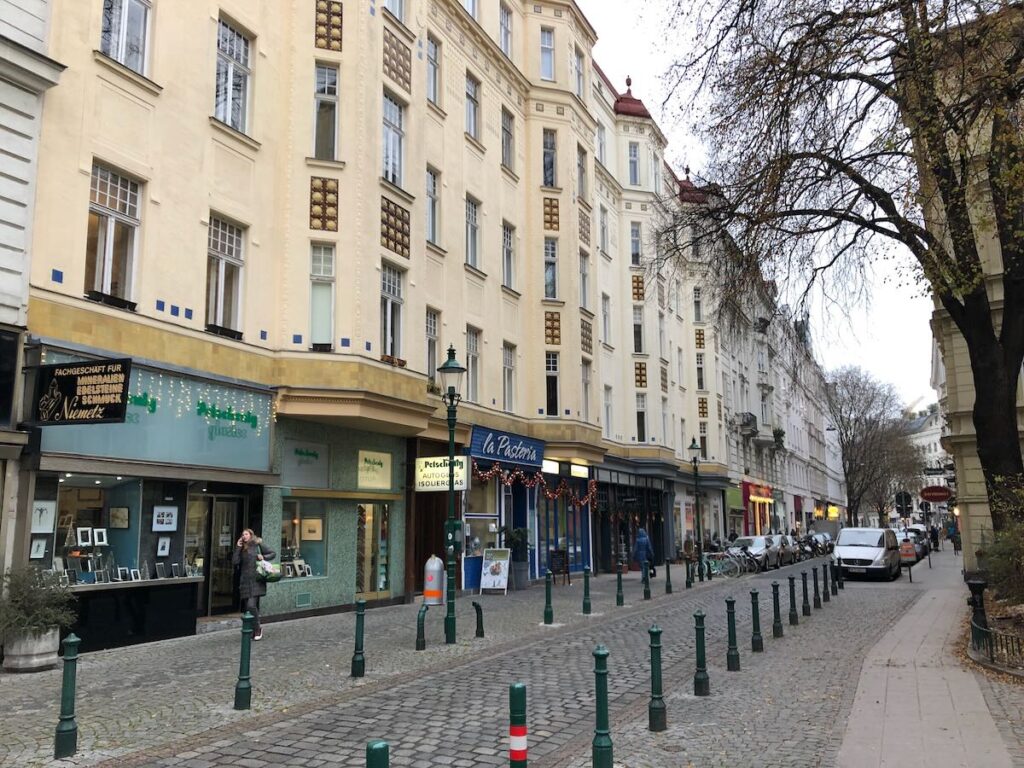
It was “a radical program of municipal reforms designed to reshape the social and economic infrastructures of the Austrian capital along socialist lines”.Eve Blau in The Architecture of Red Vienna.
No time for a Masterplan
The housing emergency left no time for masterplan discussions. The city built homes wherever they could get building lots. In the 12 years from 1920 to 1934, the city engaged almost 200 architects to design a network of new settlements across the city. It built:
- 400 new residential projects
- 64,000 new housing units
And so, new homes for about 200,000 people or 10% of the Viennese population.
Projects came in all shapes and sizes – from smaller projects on in-fill sites and even smaller courtyard housing. But developments also included the famous pioneering “superblocks” of over 1000 units. These are worthy of their own post. Most of the development occurred on inner city lots to take advantage of existing transport networks and sewage / water systems.
No Masterplan! I can imagine today’s city-employed urban planners squirming at their desks. And, the NIMBYs would be apoplectic even if they have never seen a plan they could agree upon. Well, I can reassure those of you who have never been to Vienna, it is a beautiful city. And those superblocks built in late 1920s remain perfectly integrated, well maintained, and fully occupied.
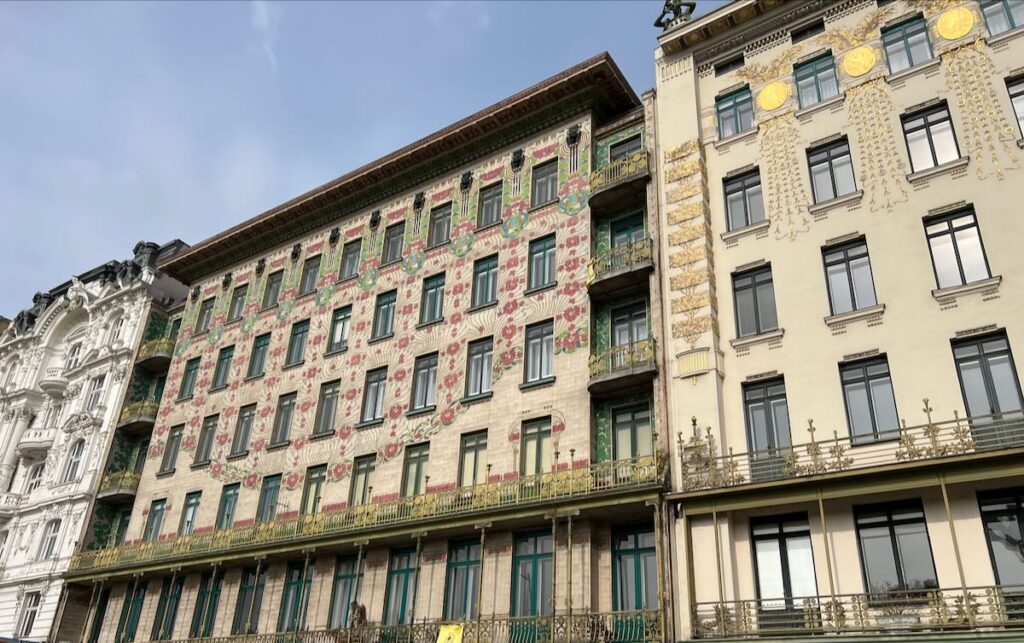
“It must be stressed that there was no real masterplan for Red Vienna’s building programme, beyond the decision to produce housing on a large scale,”Michael Klein Vienna University of Technology
And now
The Fascists came to power in 1933 and Anschluss followed in 1938 folding Austria into Germany. Red Vienna’s housing program came to a grinding halt, but only temporarily. Following World War II and the re-election of the SPÖ, Vienna re-instated the Gemeindebau program and continued the development of residential units. Come the 1990’s other European cities were selling most of their public housing stock. But not Vienna – it kept what it had and then introduced Bauträgerwettbewerb (“developer competition”) process to rejuvenate its social housing program. More on this in another post.
Today, Vienna:
- Still owns 22% of the city’s housing stock
- Controls a further 25% through publicly funded, non-profit cooperatives
- Which collectively house 60% of the Viennese population
What has this aggressive approach to affordable and social housing done for Vienna? For the third time in five years Vienna has topped The Economist’s Global Liveability Index. Amongst the other benefits:
- Multiple studies have demonstrated that good and affordable housing lifts all property values in any community
- Being effective landlord to 60% of the population is far better than rent control for keeping homes affordable
- Residents have more disposable income to support local businesses and better financial stability
- Heightened well being and better school performance of children
- Improved mental and physical health
A major part of the final Index score includes infrastructure and affordable housing making Vienna the World’s most livable city.
